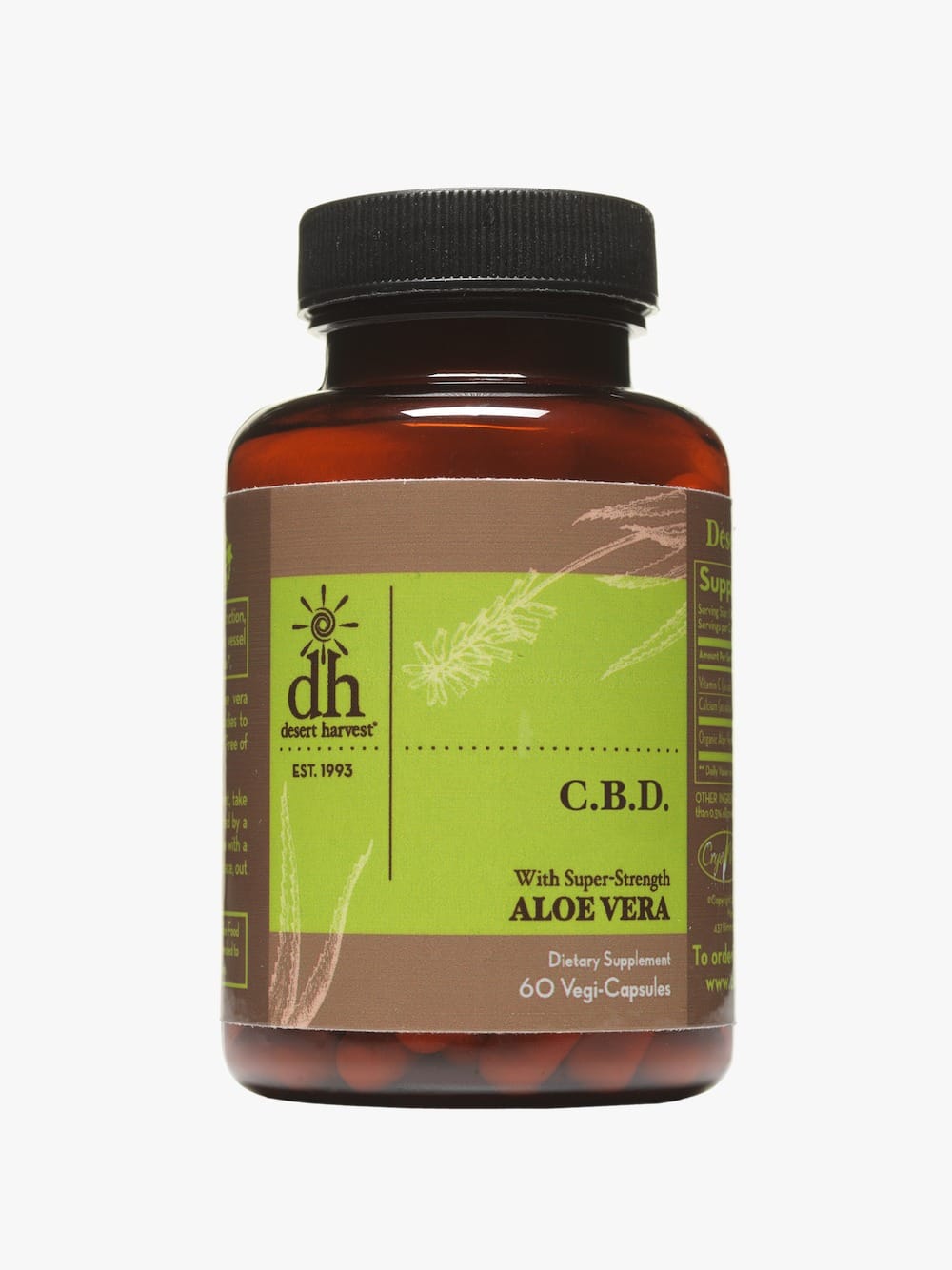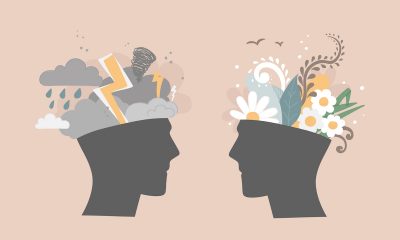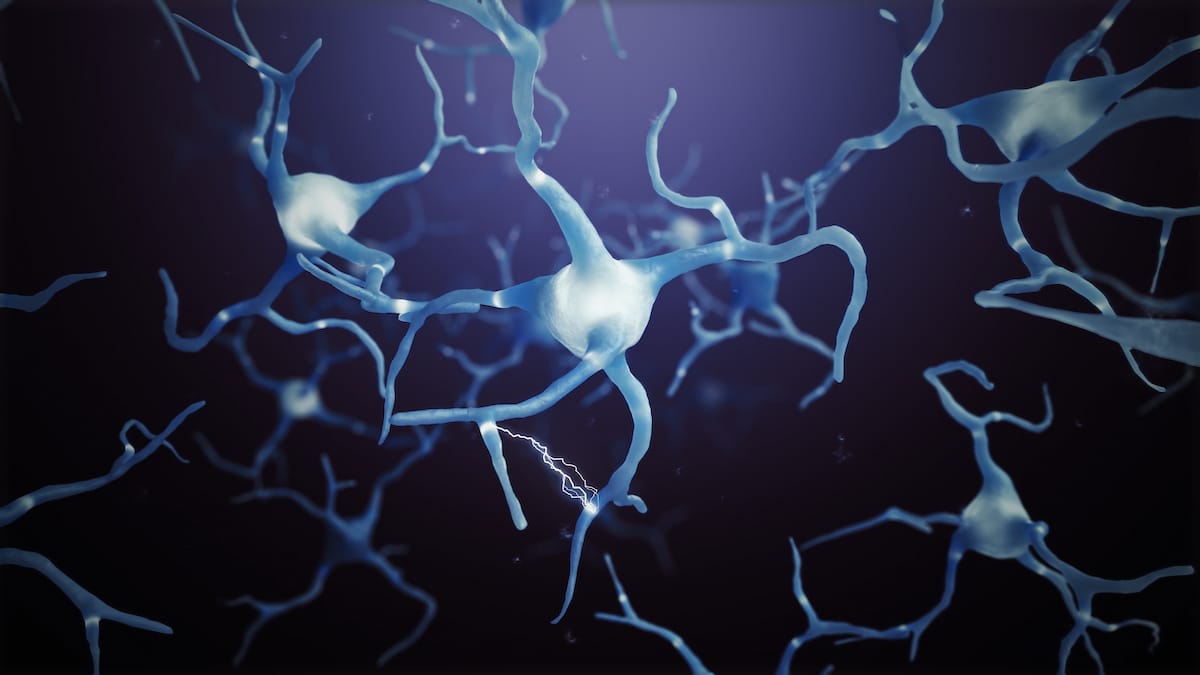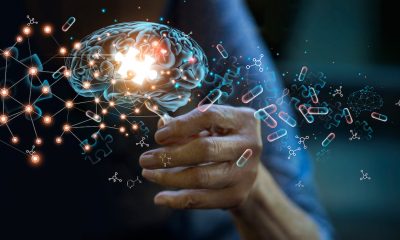A first-of-its-kind study using human donors is examining the potential of CBD for treating chronic bladder pain. Cannabis Health speaks to the scientist leading the research.
Chronic pain is an oppressive human health problem that affects millions worldwide. In 2011 alone, the direct and indirect costs of chronic pain were at $600 billion dollars in the USA. This outweighs the costs related to heart disease, cancer, and diabetes combined.
Among these patients are the nearly eight million women and four million men suffering from interstitial cystitis (IC), commonly referred to as chronic bladder pain.
The symptoms of this chronic disease include pelvic pain and urinary storage dysfunctions, which can severely impact quality of life.
There are currently no adequate treatments for people with chronic bladder pain and scientists say new therapeutic approaches are desperately needed to not only prevent pain but also address co-morbidities such as social isolation, depression and anxiety.

A growing body of evidence suggests that cannabinoids could be the answer for treating chronic pain and inflammation. And as the research effort increases, the formulation of novel cannabinoid formulations progresses alongside it.
One of these formulations, developed by Desert Harvest Inc., packages cannabidiol with aloe vera to increase the bioavailability of CBD by 25 per cent.
As with most areas of CBD research, evidence regarding its efficacy is limited, however, a new collaborative study between Desert Harvest and the McGill University Research Centre for Cannabis in Montreal hopes to change this.
The two-phase study aims to validate whether the CBD and aloe vera formulation could alleviate the pain symptoms in a preclinical model of IC.

Dr. Reza Sharif-Naeini
Dr. Reza Sharif-Naeini who leads the study said: “For the past 20 years or so, there hasn’t really been any development of new therapeutic drugs for patients with chronic pain.
“By partnering with industry colleagues, we’re trying to accelerate the speed to market for these analgesics so that the patients can benefit from them.”
The first phase of the study involved a rodent model in which mice were administered a compound that metabolises acrolein in the liver.
The compound then accumulated in the bladder causing tissue damage. The symptoms are similar to human IC, including bladder inflammation, pain and bladder overactivity.
Initial data from the study are encouraging. The researchers demonstrated treatment with the cannabidiol-aloe vera formulation significantly reduced pain symptoms.
“Although we only tested it for seven days, it was enough for us to see a significant reduction in bladder pain experienced by these animals,” Dr Sharif-Naeini said.
“It is a very important and exciting discovery.
“The next step for us is to start testing these compounds on human pain neurons to determine whether the effects can be translated to humans.”
The second phase of the study, expected to begin within the next month, will involve testing the effect of cannabidiol on neurons obtained from deceased human donors.
Dr Sharif-Naemi explained: “We’ve partnered with surgeons in local hospitals, so as soon as a donor dies the nervous tissue, including the pain-sensing neurons, can be harvested and kept alive in a small dish for about two weeks.
“[We] can assess the function of these pain neurons and see what happens when we apply these cannabinoid drugs to them.
“This way, we’ll be able to tell directly whether these compounds would have a beneficial effect on humans.”
The pain transmission pathway can be broken down into three steps. First are pain-sensing cells in the ‘periphery’, such as the skin or, in this case, the bladder. These nerve fibres detect the pain stimulus and transfer the information to the spinal cord.
 At the spinal cord, pain transmitting neurons take information up the spine and into the brain where the third step takes place. This final step is referred to as pain interpretation.
At the spinal cord, pain transmitting neurons take information up the spine and into the brain where the third step takes place. This final step is referred to as pain interpretation.
“Cannabinoids can affect either one of these steps or all three of them together,” Dr Sharif-Naeini added.
“We think that in the periphery, cannabinoids prevent the activation of your pain-sensing neurons. This means that your nervous system doesn’t even detect the pain information; it is not allowed to enter into your central nervous system.
“This is what we’re going to test in the second phase of these studies.”
Sadly, current pharmacological treatments for chronic pain, mainly opioids, are burdened with severe side effects. A rise in opioid prescription over the past decade has led to what is referred to as the opioid epidemic.
Although not a primary factor, the treatment of chronic pain is thought to be linked to this crisis.
“The absence of proper pain management is one of the contributing factors that led us to the opioid epidemic in America, so there’s really a push to develop new treatments,” Dr Sharif Naeini said.
“There are people doing opioid research to come up with better ways of eliminating the side effects of opioids, but eventually we’re going to come to a place where maybe we have gotten all that we can out of opioids, and we need new alternatives.”
Dr Sharif-Naeini believes that cannabinoids could be a future alternative.
“Cannabinoids are an alternative with high potential. The more studies that are done, the more people can make informed decisions about what [medication] they take for their pain.
“Every time more research comes out it’s great because it allows us to better understand how the cannabinoid system functions.
“The hope is that we can develop better tools that will allow us to reduce pain in some of these intractable chronic pain syndromes, without necessarily affecting the patient’s functioning and cognitive capacity.”

 News6 months ago
News6 months ago
 Science5 months ago
Science5 months ago
 Industry6 months ago
Industry6 months ago
 News6 months ago
News6 months ago
 News5 months ago
News5 months ago
 Health5 months ago
Health5 months ago
 News5 months ago
News5 months ago
 Health3 months ago
Health3 months ago


 At the spinal cord, pain transmitting neurons take information up the spine and into the brain where the third step takes place. This final step is referred to as pain interpretation.
At the spinal cord, pain transmitting neurons take information up the spine and into the brain where the third step takes place. This final step is referred to as pain interpretation.











